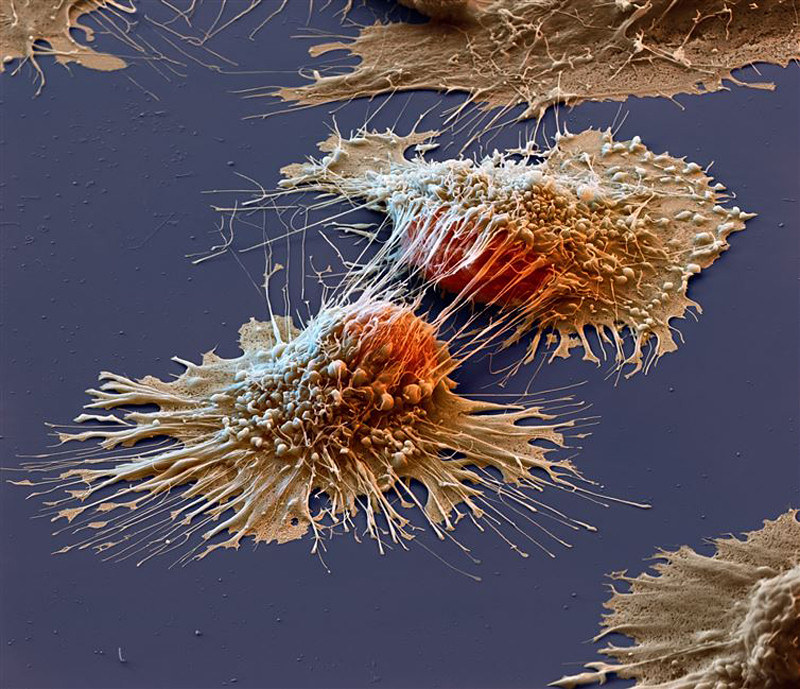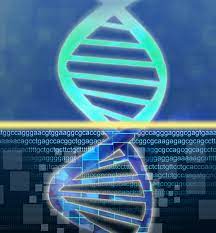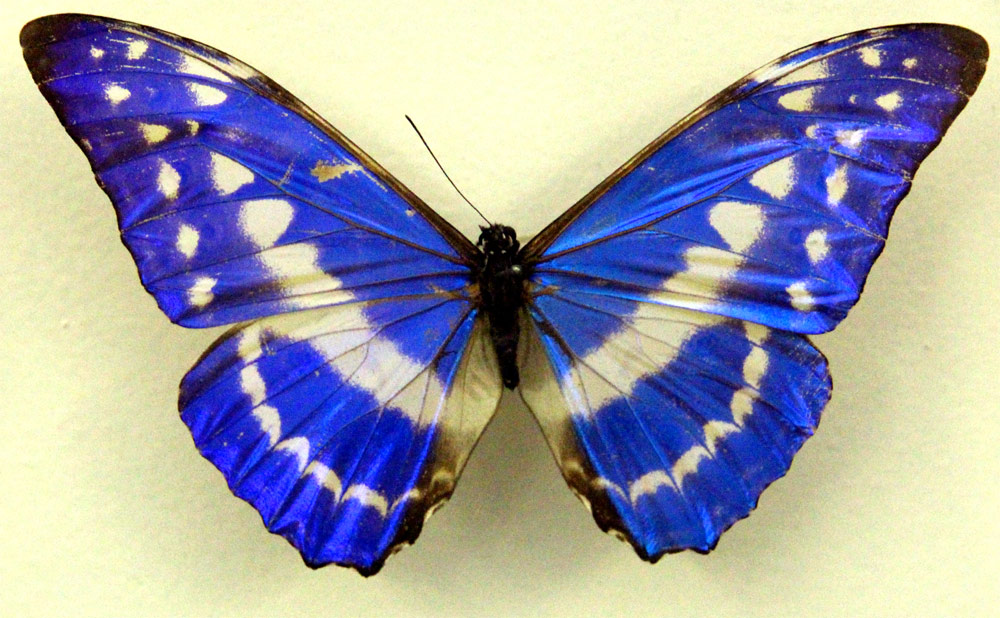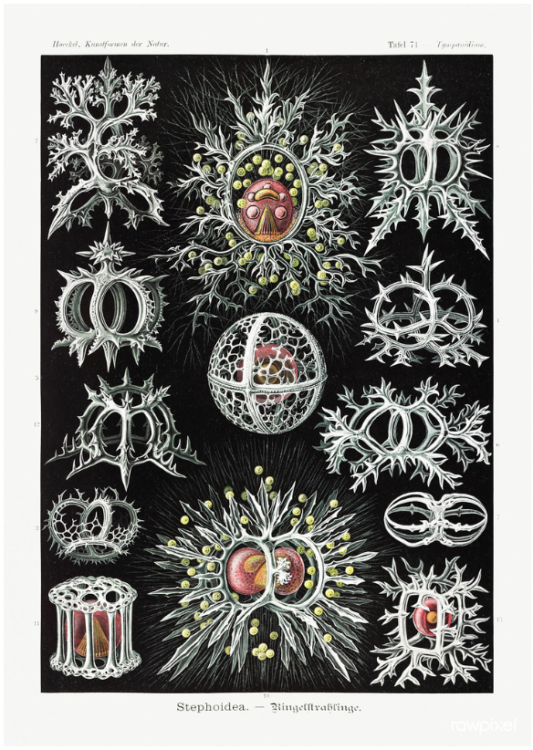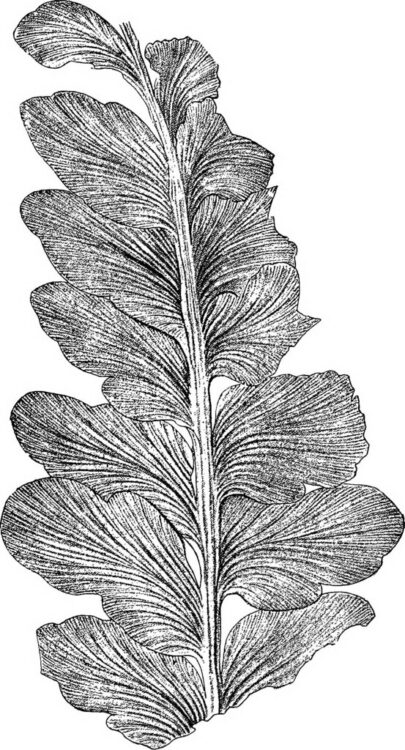The whale that lives forever: Cancer prevention mechanisms in the bowhead whale
Theoretically, the more cells an organism has, the higher the incidence of malignant transformation. If this were true, humans should be considerably more cancer-prone than something as small as a mouse; however, this is not the case. “Peto’s paradox” describes the phenomenon that, despite the increase in cell number, instances of cancer don’t increase in […]
The whale that lives forever: Cancer prevention mechanisms in the bowhead whale Read More »
